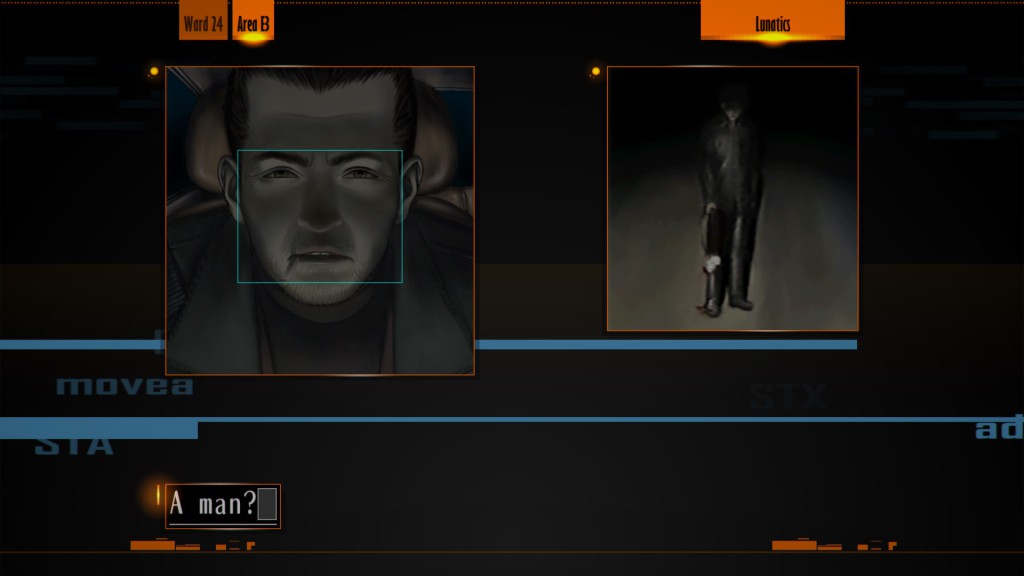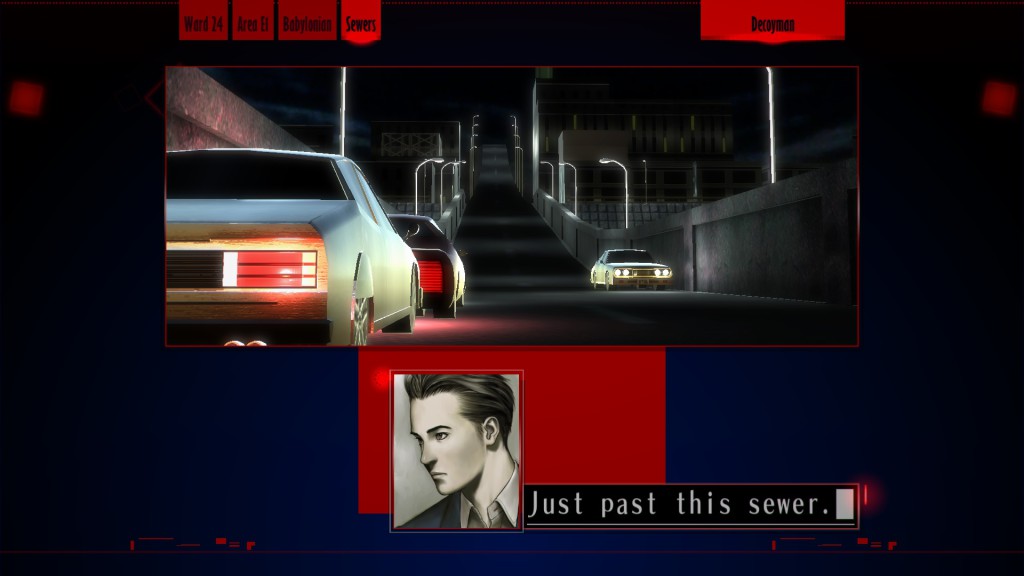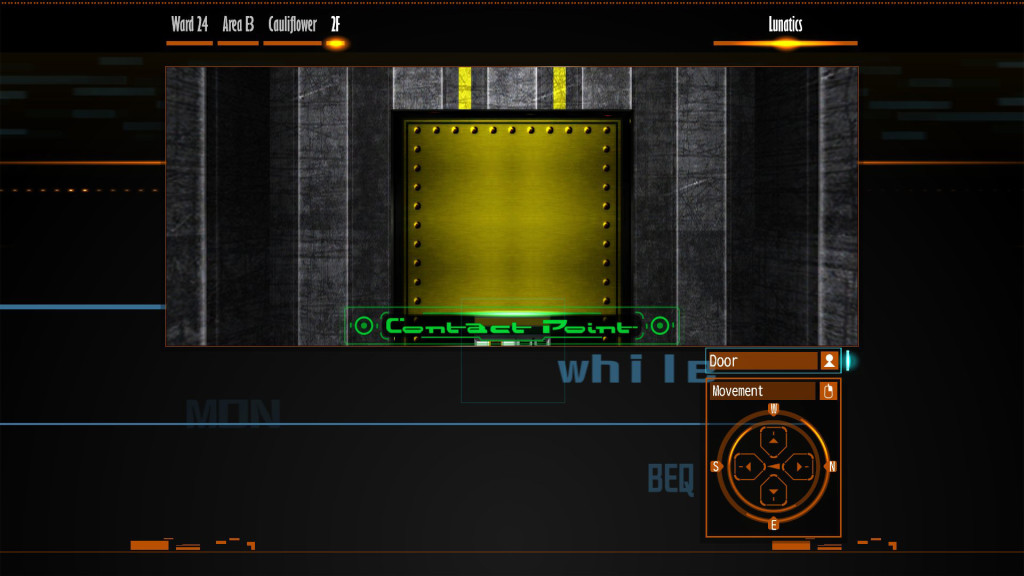
Developer: Grasshopper Manufacture Inc.
Publisher: NIS America
Platforms: PC, PlayStation 4
Tested on: PlayStation 4 Pro
The Silver Case – Review
A lot of the game industry’s greatest developers have been around for quite some time and produced multiple titles along the way. Goichi Suda is one of those developers, mostly known under his nickname Suda51. As he founded Grasshopper Manufacture Inc. in 1998, he has created multiple projects with mixed success. The Silver Case was their very first project for PlayStation 1 and in commemoration of this, Grasshopper Manufacture Inc. has decided to reissue it as a remake. Last year, they’ve developed the remake for PC and now about a year later, PlayStation 4 owners can also enjoy this Suda51 classic. We thought it was about time to find out whether The Silver Case has survived the test of time and if it can still appeal old and new fans alike.
Story
The story of the Silver Case is divided into two major parallel segments. First you have the “Transmitter” section; here you take the role of an investigator for the 24 Wards Heinous Crimes Division. You’re investigating multiple cases that are mysteriously connected to a very dangerous serial killer named Uehara Kamui. The story begins as you’re originally part of the 24 Wards Republic Special Forces and you’re tasked with catching Kamui, after he’s escaped from a psychiatric ward and killing several innocent women along the way. Your entire team ends up being slaughtered by Kamui and you’re the only survivor. After being hospitalized and traumatized, you meet up with Tetsugorõ Kusabi, the lead investigator of the 24 Wards Heinous Crimes Division and an old friend of your former Republic Special Forces captain. Although seriously shaken up and traumatized, he demands your help in investigating different homicides that could possibly be linked to Kamui.
The second part is the “Placebo” section: in this section, you’re experiencing the story through the eyes of a freelance reporter named Tokio Morishima who is hired to write a report about the Kamui case and tries to connect the dots between the assassination of multiple government officials a few years before by the hand of a dangerous murderer named Kamui, a mysterious woman named Ayame Shimohara, and a large scale conspiracy involving the city’s government. The “Placebo” section is more a visual novel that focuses primarily on the background story and monologues, having a different take on the Kamui case.
The Silver Case is a visual novel styled game with a linear story divided in two large sections and each in multiple chapters that can be described as a strange and dark thriller with a unique kind of atmosphere. It delivers an interesting story and an intriguing yet complex plot filled with a strong cast of characters and slight horror or science fiction elements. Unfortunately the quality falters due to the presentation of the story, the lack of dialogue choices and the use of strange, inexplicable and vulgar dialogues. Especially the latter breaks down the experience, makes it harder to focus and follow the story and doesn’t feel like it matches the setting of the story. It even gives an uncomfortable and eerie vibe at certain individual moments. 
Graphics
The Silver Case was originally released for the first PlayStation console in 1999 and has received a remaster for both PC and PlayStation 4. The story is presented as a visual novel with a window styled look. The dialogues are told through traditional text boxes and characters are presented in separate windows and as multiple characters appear during conversations, a luminous grid traces the speaker’s portrait in particular. This is accompanied with different visual styles combining fully 3D rendered cinematics, still illustrations and live-action video clips that accentuate certain story or plot elements. The use of these elements delivers a unique experience that empowers the dark approach of the story.
Whenever you are given control of the playable character, you’re able to move through something of a grid in first person view, across three-dimensional venues. Some of these sequences look really obscure and hard to orientate due to dull and vague visual design. In comparison with the story presentation and it having received some sort of high definition coating, it still looks outdated and sloppy.
Sound
As for the music and the overall soundtrack of The Silver Case, it aims really high. The soundtrack can be best described as an arranged set of electronic music with different influences ranging from lounge, J-pop to classical music tunes. The clever use of the music and sound effects during different key moments in the story and at certain changes in momentum is really well done and even sets the right mood during crucial moments, although the old-school copywriter sound when new dialogue texts appear on screen can grow annoying over time.
As for any voice work or spoken dialogues, this game has to disappoint and for a remake, this game would’ve received a huge benefit from a decently directed voice cast, adding extra depth to the characters and the story in general. The game can be played entirely in English but at the start you can also play it in Japanese, although not many players will take their chance with it.
Gameplay
As mentioned earlier, The Silver Case is a visual novel styled game combined with certain player controlled segments in 3D rendered, grid-like environments similar to an old school dungeon crawler. You start the game automatically through the “Transmitter” section of the story and later on, after a few chapters have been completed, you can switch to the “Placebo” part of the game. You’ll spend a great time following the story as it appears on the screen with multiple text based windows and different kinds of visual presentations. During the story sequences, you won’t have any influence on how the story unfolds which is kind of a disappointment as this is mostly a well-known feature in visual novels nowadays. Due to this, the game doesn’t offer any real insight into the character or his personality which is significantly limited to any form of character development.
At certain points in the game, you’ll gain control over the playable character which you can name yourself. Here you’ll have to move through 3D rendered environments where you’ll have to rely on a menu to toggle for movement, review your items, interact with so called ‘contact points’ or save your progress through the use of a turntable. This turntable is a strange choice of control menu as there are better alternatives that aren’t as complicated. Aside from this turntable, the basic controls in general are incredibly hard to manage as you’ll struggle with the button lay-out which is inconveniently mapped and can’t be adjusted. It might take a while before getting adjusted to this unnatural way of playing. Saving your progress can be done anytime if you’re in a controlled character gameplay segment. Otherwise you’ll have to wait until the chapter is complete.
During the control sequence, you’ll navigate through these narrow and linear venues where you can interact with certain things in the environment, talk to other characters, and solve puzzles. The things you can interact with or directions are composed of floating triangles during movement. These triangles then turn into stars whenever specific markers have points of interest, such as dialogue or cut scenes as well as objects that you can interact with such as control panels or puzzles. These puzzles usually involve some kind of numbers game, where figuring out sequences is the key. Some of these can be incredibly difficult to solve as there are no clear clues or hints in your vicinity. A lot of players will probably pull out their hair trying to solve them but there are ways to crack them. Aside from all these possibilities, the gameplay and interactivity as a player still remains quite limited and dull. Overall the difficulty isn’t that hard as you’re mostly browsing through a story of which the main focus is its linear story. Conclusion
Conclusion
The Silver Case is a classic by the hand of Suda51 but that doesn’t mean the game is meant for everyone. It offers an interesting and serious story with complex plot elements that might appeal to fans of visual novel type games. The fact that you can play the game through two different perspectives, offers lots of depth and immersion, but due to infernal control schemes, a sometimes hard to follow story, limited interactivity and the lack of dialogue choices, The Silver Case is a game that only has to be played if you’re interested in its story and is hard to recommend for new players.
The Silver Case - Review,1 Comment
Leave a Reply
You must be logged in to post a comment.





[…] The Silver Case? With multiple games already released, it was time to bring those to the Switch. The Silver Case and The 25th Ward are part visual novel and part choice-driven game with weird gameplay. The games […]